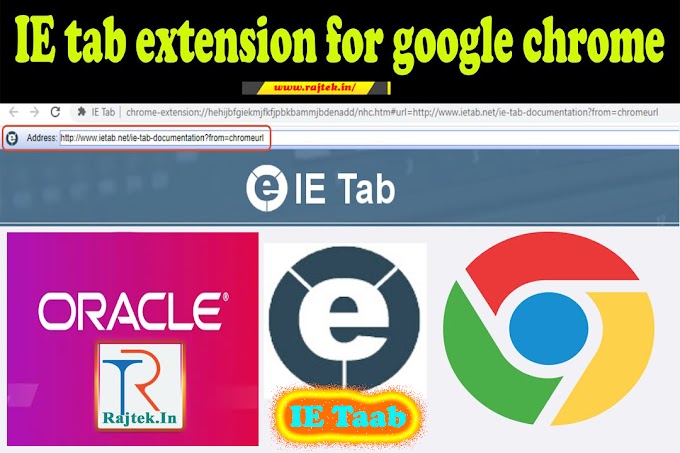► The first proposals for railways in India were made in Madras in 1832.
► The first train in India ran from Red Hills to Chintadripet bridge in 1836–1837.
► It was called the Red Hill Railway and used a rotary steam locomotive manufactured by William Avery.
► The railway was built by Sir Arthur Cotton and was mainly used for transporting granite stones for road-building work in Madras.
► In 1845, Cotton built the Godavari Dam Construction Railway at Dowleswaram in Rajahmundry, used to supply stone for construction of a dam on the Godavari River.
► Rail transport in India is an important mode of conveyance for people and goods in India.
► Indian Railways (IR) is the primary operator of rail operations throughout the country.
► IR is a state-owned organisation of the Ministry of Railways, which historically had its own government budget.
► Between 2019 and 2020, 22.15 million passengers used the Indian Railways network daily.
► In the same period, 3.32 million metric tons of freight was also shipped daily on the IR network.
► India has some of the lowest train fares in the world. Basic passenger traffic is heavily subsidised by more-expensive higher-class fares.
► Until the late 1980s, Indian Railways ticket reservations were done manually.
► In 1987 the Railways started using a computerised ticketing system.
► The entire ticketing system went online in 1995 to provide up-to-date information on status and availability.
► The ticketing network is computerised to a large extent, with the exception of some remote places.
► Computerised tickets can be booked for any two points in the country, through the Internet and via mobile phones, though this method carries an additional surcharge.
► Discounted tickets are available for senior citizens (above 60 years) and some other categories of passengers including the disabled, students, athletes, persons affected by serious diseases, or persons appearing for competitive examinations.
► One compartment of the lowest class of accommodation is reserved for women in every passenger-carrying train.
► Some berths or seats in sleeper class and second class are also reserved for women.
► Season tickets permitting unlimited travel on specific sections or specific trains for a specific time period may also be available.
► Foreign tourists can buy an Indrail Pass,which is modelled on the Eurail Pass, permitting unlimited travel in India for a specific time period.
► For long-distance travel, reservation of a berth can be made up to 120 days before departure.
► Details such as name, age and concession (if eligible) are required and are recorded on the ticket.
► The ticket price usually includes the base fare, which depends on the classification of the train (example: super-fast surcharge if the train is classified as super-fast), the class in which one wishes to travel and the reservation charge for overnight journeys.
► If a seat is not available then the ticket is given a waitlist number; otherwise the ticket is confirmed and a berth number is printed on the ticket.
► A person receiving a wait-listed ticket may be able to obtain a confirmed ticket if there are sufficient cancellations.
► Some of the tickets are assigned to the Reservation against Cancellation (RAC), which is between the waiting list and the confirmed list.
► These allow the ticket holder to board the train and obtain an allotted seat decided by a ticket collector, after the ticket collector has ascertained that a seat is vacant.
► Reserved railway tickets can be booked through the website of Indian Railway Catering and Tourism Corporation (IRCTC) and also through mobile phones via SMS.
► Tickets booked through this site are categorised into iTickets and eTickets.
► iTickets are booked by a passenger and then printed and delivered to the passenger.
► eTickets are printed by the passenger and carried while travelling. While travelling on an eTicket, one must carry an authorised valid photo identity card.
► Cancellation of eTickets is done online, without the requirement for the passenger to go to any counter.
► Unreserved tickets are available for purchase on the platform at any time before departure. An unreserved-ticket holder may only board the general-compartment class.
► All suburban networks issue unreserved tickets valid for a limited time. For frequent commuters, a season pass (monthly or quarterly) guarantees unlimited travel between two stops.
► ✅ Class:- Description✅
► 1A AC first class – the most luxurious and expensive class of Indian Railways, with fares almost at a par with airfares. There are eight cabins (including two coupes) in full AC first class coach and three cabins (including one coupe) in the half AC first class coach. The coach has an attendant, and bedding is included in the fare. This air-conditioned coach, present only on popular routes, can carry 18 (full coach) or 10 passengers (half coach).
► 2A AC two tier – these air-conditioned coaches have sleeping berths across eight bays. Berths are usually arranged in two tiers in bays of six: four across the width of the coach and two lengthwise across the corridor, with curtains along the corridor. Bedding is included in the fare. A coach can carry 48 (full coach) or 20 passengers (half coach).
► 3A AC three tier – air-conditioned coaches with 64 sleeping berths. Berths are similar to 2A, but with three tiers across the width and two lengthwise for eight bays of eight. They are slightly less well-appointed, usually with no reading lights or curtains. Bedding is included in the fare.
► 3E AC three tier (economy) – air-conditioned coaches with sleeping berths on the Garib Rath Express. Berths are usually arranged as in 3A, but with three tiers across the width and three lengthwise. Appointments are similar to 3A, and bedding is not included. These coaches are also present in some Duronto Express trains as well. Vistadome IR operates Vistadome glass roof coaches on some tourist routes. These include Araku Valley, the Konkan Railway, the Kalka-Shimla Railway, the Kashmir Valley, the Kangra Valley, Bengaluru-Mangaluru ( Western ghat), Neral-Matheran, New Jalpaiguri -Alipurduar & Guwahati-Haflong routes. These coaches' fares are equivalent to an AC Executive Chair Car. IR also has plans to start Vistadome on the Nilgiri Mountain Railway.
► EA Anubhuthi – air-conditioned top-end class of the Shatabdi Express. These coaches were introduced in January 2018. The first train to get these coaches was the Chennai Central–Mysuru Shatabdi Express.
► EC Executive chair car – an air-conditioned coach with spacious seats and legroom. With four seats in a row, it is used for intercity day travel and is available on the Tejas and the Shatabdi Express.
► CC AC chair car – an air-conditioned coach with five seats in a row, used for intercity day travel. Air-conditioned double-deck coaches are used on the Double Decker Express.
► SL Sleeper class – the sleeper class is the most common coach on IR, with ten or more SL coaches attached to a train rake. They are sleeping coaches with three berths across the width and two lengthwise, without air-conditioning. They carry 72 passengers per coach.
► 2S Second seater – similar to CC, without air-conditioning. Double-deck second seaters are used on the Flying Ranee.
► UR/GEN Unreserved/General – the least-expensive accommodation, with a seat not guaranteed. Tickets are valid on any train on a route if used within 24 hours of purchase.
কার্ডের প্রতিলিপি নিচে দেওয়া হলো.
A copy of the website is given below.
A copy of the website is given below.
This information collected in IRCTC
Home Page
Indian Rail
অসংখ ধন্যবাদ আপনাকে, আমার এই পোস্ট টি দেখার জন্য,পোস্ট টি আপনার প্রয়োজনে লাগলে মন্তব্য করে জানাবেন। আপনার মন্তব্যের ফলে আমি আরো উৎসাহিত হবো। পরবর্তীতে আরো নতুন কিছু বিষয় সম্বন্ধে আপনাদের আরো বিশদ জানানোর প্রচেষ্টা করবো, আপনার একটি মন্তব্য আমার কাছে যথেষ্ট মূল্যবান।
Thank you so much for viewing my post, Comment if you need the post. I will be more encouraged by your comments. Later on I will try to inform you more about some new things, Your comment is very valuable to me.
Thank you so much for viewing my post, Comment if you need the post. I will be more encouraged by your comments. Later on I will try to inform you more about some new things, Your comment is very valuable to me.
























0 Comments